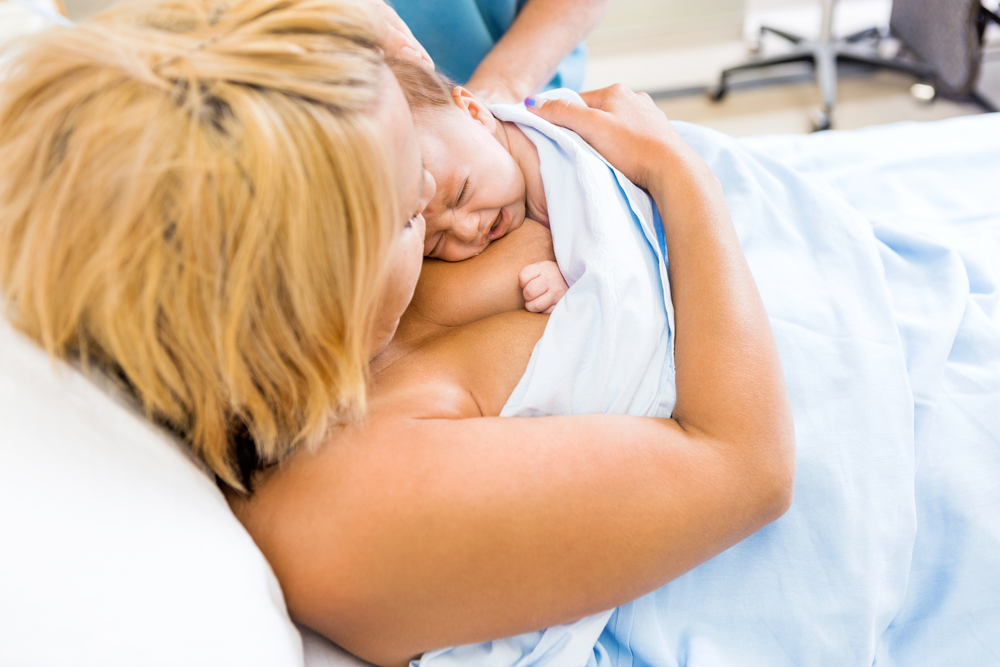
When it comes to preemies or babies born with a very low birthweight, new research shows that skin-to-skin contact with their mothers, also known as kangaroo care, has some pretty amazing benefits for long-term health—even as much as 20 years later!
For the study—published in the January 2017 issue of Pediatrics—researchers tracked two groups of preemies over 20 years in order to determine whether the benefits of kangaroo care persisted into young adulthood. Turns out, they did.
"This study indicates that kangaroo mother care has significant, long-lasting social and behavioral protective effects 20 years after the intervention," explained lead study author Nathalie Charpak, M.D., of the Kangaroo Foundation in Bogota, Colombia. "The young ex-kangaroo mother care participants, especially in the poorest families, had less aggressive drive and were less impulsive and hyperactive. They exhibited less antisocial behavior, which might be associated with separation from the mother at birth."
Not only that, but the kangaroo babies were also more likely to have survived into their 20s and had bigger brains than those who received traditional care. Plus they had had fewer school absences, higher average hourly wages, and their families were found to be more cohesive and nurturing—something the Charpack attributes to the fact that the introduction of kangaroo care immediately following the NICU motivates families to become more child-oriented.
"This study indicates that kangaroo mother care has significant, long-lasting social and behavioral protective effects 20 years after the intervention," she explained.
In an accompanying editorial in Pediatrics, Lydia Furman, M.D., of University Hospitals Rainbow Babies and Children's Hospital and Case Western Reserve University School of Medicine in Cleveland agreed that the researchers may be on to something.
"Kangaroo mother care straddles the great divide between the medical and nonmedical, and between the parent and the professional," she said. "Bridging that divide and continuing to assess the impact of intervention, as [the authors] have worked so long to do, brings us closer to optimal care for every infant and family."
Hollee Actman Becker is a freelance writer, blogger, and mom of two who writes about parenting and pop culture. Check out her website holleeactmanbecker.com for more, and then follow her on Instagram and Twitter.

